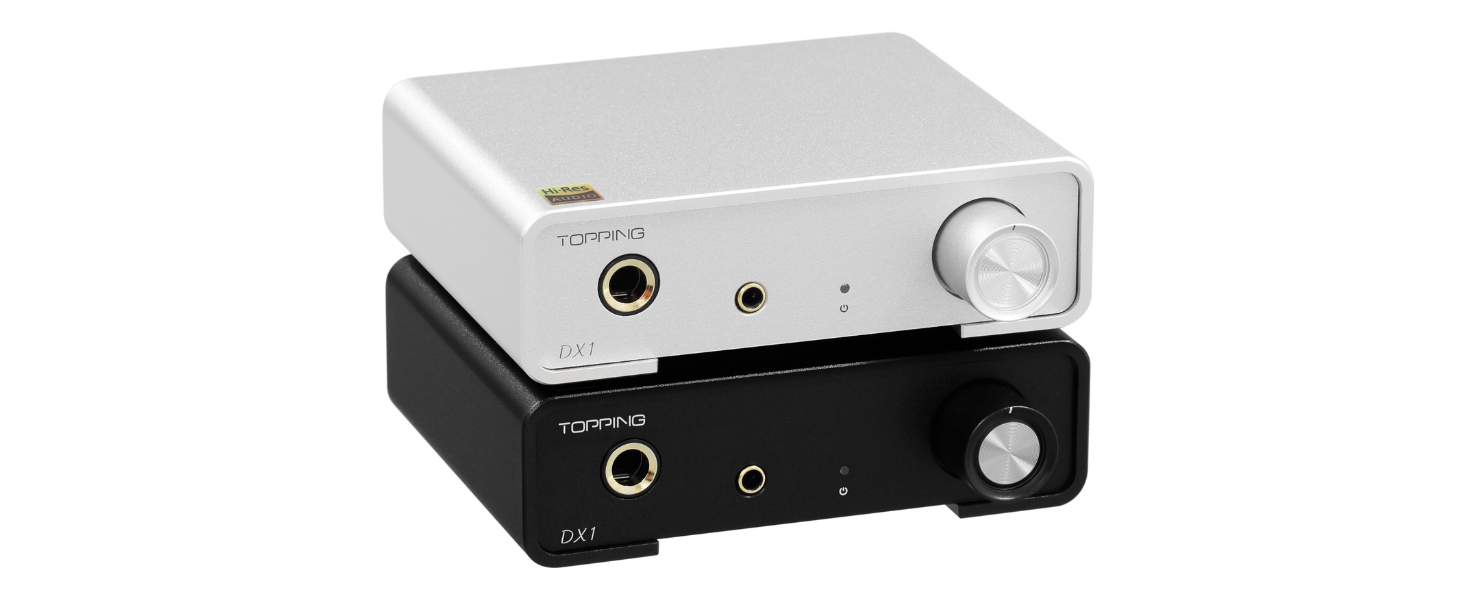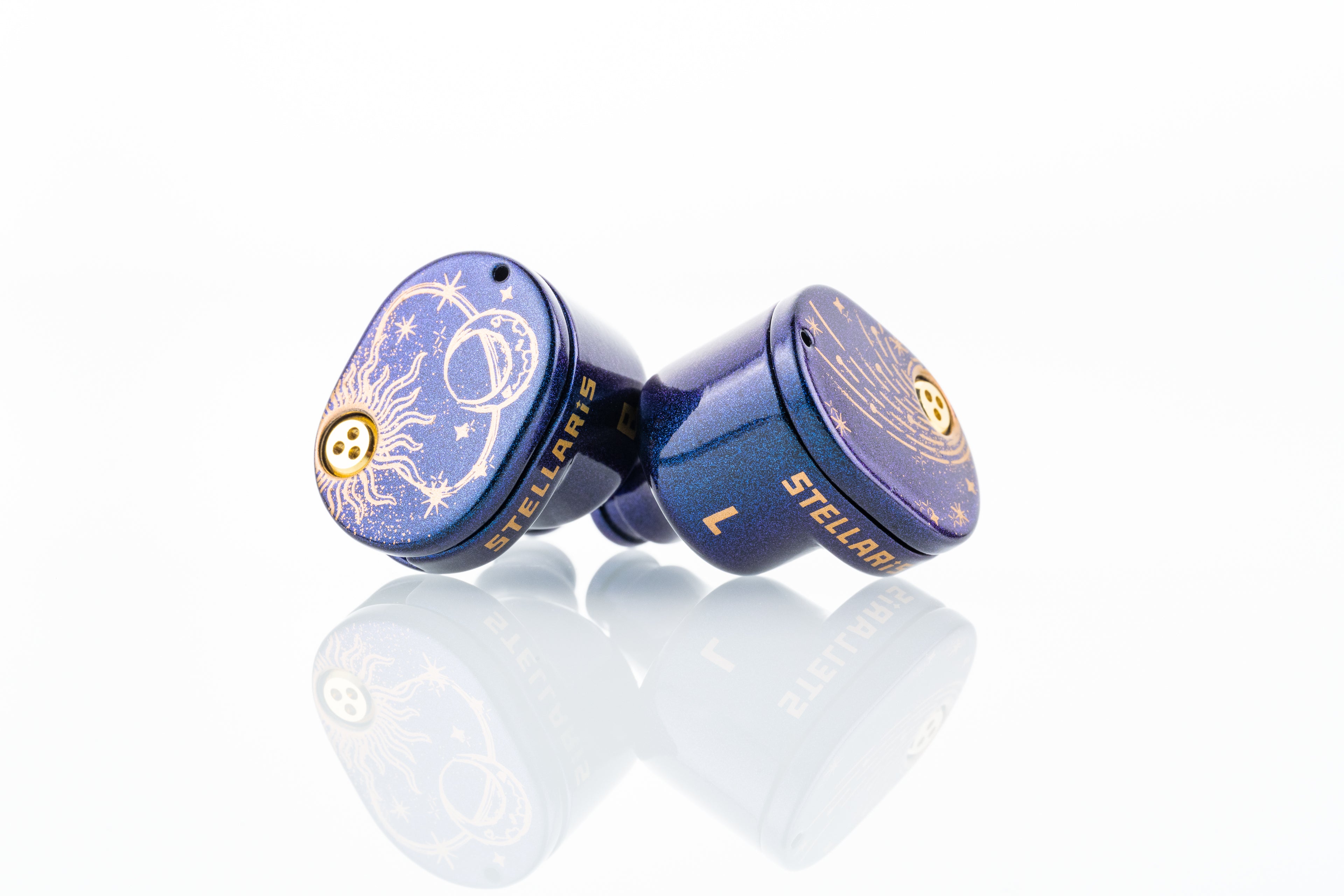
"A Powerhouse!": Josh Valour Reviews the HIFIMAN EF400 Amp
Note: This article is based on the video "The NEW Hifiman EF400 is a Powerhouse!" made by Joshua Valour on his YouTube channel and is printed here in partnership with Joshua Valour. The review was originally posted on September 19th, 2022. Edits have been made for clarity and length. You can purchase the HIFIMAN EF400 Amplifier on Apos Audio
Intro
This is the HIFIMAN EF400. This is a very interesting amplifier because not only does HIFIMAN not really come out with very many amplifiers, but when they do it kind of marks an interesting point. This is replacing the 2012 EF6.
Now, what’s interesting about this one, to me personally, is that this is sort of a nudging of people to redefine how much power they think they need for some headphones like the Susvara or the HE1000 V2. I think that the Susvara doesn’t actually need as much power as a lot of people make it seem like it does. Some people claim that the Susvara needs 10 or 50 or 100 watts, but I don’t personally think that you need that much power, and it doesn’t seem that HIFIMAN does either. The EF400 has 4.4 watts per channel.
Another thing that’s really interesting about this is the use of an R2R DAC inside it. This has a Himalayan R2R DAC, the same DAC that’s in the HIFIMAN Deva, though I’m not sure if they’re implemented in the same way. I would be surprised if they literally took that entire DAC and put it in here. EIther way, an R2R DAC inside of a DAC/Amp is a rarity. Most DAC/amps right now are either using ESS or AKM chips.
Build quality
Now, I can’t speak to the internal build quality, because I just don’t know enough about it, but the external build quality is superior to that of TOPPING and FiiO right now. It’s just a little bit better. It feels more dense, more solid, and seems to be better-constructed. Honestly, I also like the physical design of it, especially the face being this brushed aluminum look. That looks pretty decent and matches some of the other HIFIMAN headphones.
Measurements
So the measurements are sort of interesting. The total harmonic distortion is 0.002%. The SNR is 118dB, and the power output is about 4.4 watts. This hasn’t been independently measured, so I’m not sure if there’s going to be any real quirks in this thing’s measurement performance, but what’s interesting about this is that it’s already a little bit behind the measurements of some existing DAC/Amps right now, those like that DX7 Pro+ and the FiiO K9, for example.
Now, the interesting thing about this is that I think it’s actually targeted towards a different audience than the people who like a super squeaky clean-measuring DAC/Amp. I say that because of the use of the R2R DAC, which historically doesn’t measure quite as cleanly as something like an AKM or ESS chip. So we could sit here and argue about measurements all day, but it also doesn’t seem like that’s necessarily what the amp is trying to go for. If you’re looking for something that measures basically perfectly, you should look at something like the TOPPING DX5 or FiiO K9 Pro.
Power
Now, this has about as much power as any headphone is going to need. That alone is going to be very attractive to the right users. This also has a lot of flexibility. It can play with IEMs on its lowest gain mode. It can also play with a Susvara or V2 or an HE6 on its high gain mode. If you’re a person with a wide range of headphones, this is going to be very appealing.
Sound quality
Subjectively, I think that this thing is very good for certain headphones and misses the mark for others. For example, it pairs fantastically with the HE1000V2. Not only does this headphone require a lot of power, but actually the EF400 felt overpowered for it in a good way. It had more than enough power. I never turned the volume past 12 o’clock, which is very impressive for a big demanding planar headphone. The EF400 delivered the HE1000V2’s dynamic slam and bass very well. The HE1000V2 can suffer from a glossiness or shininess in the treble response on certain amps, but it sounded better on the EF400 than it does on better-measuring amps like the FiiO K9. It felt a little bit smoother in the top end.
Now, the EF400 didn’t sound good with some other headphones, such as the Abyss Diana TC. It made that headphone sound a bit more mono and not quite as three-dimensional as it usually sounds on things like my A90/D90 stack. It sounded a bit more compressed, not as dynamic or alive. I’m not sure if this is because of a power difference between the A90 and EF400 or if there are other factors in play here. But I didn’t quite like it so much.
With the HIFIMAN Edition XS, the performance of the EF400 matched the capability of something like the A90D, and that’s a relatively easy headphone to drive. There are amplification differences, but the EF400 sounded really good.
Unique sonic characteristics
Now, as far as characteristics go, the EF400 doesn’t seem like an overly warm amplifier, nor like a squeaky clean, clinical one. It just hit right in the middle. It didn’t seem to have any particular leaning, which is a good thing and a bad thing.
I wish, since they weren’t really going for measurements, that they would sort of lean in a warmer direction. I think that would be my personal preference, but they didn’t seem to do that. It’s kind of generally what I would consider to be kind of middle-of-the-road.
Other than that, I didn’t really notice any standout characteristics that would make me not recommend this to somebody, especially if you’re not really interested in doing the measurements dance. It sounded very clear and without characteristics that I would count as a detriment to it. It sounded quite nice.
Conclusion
The major competition for the EF400 are the FiiO K9 Pro and the TOPPING DX7 Pro+. Those two offer more features and better measurements. As far as subjective listening tests go, I have no problem recommending the EF400 if you’re fine with the limited feature set, the high amount of power, and the looks.
Of course, if you’re a measurements chaser, it’s clear that you’re going to be deciding between the DX7 Pro+ and the K9 Pro. I think all of these sound about the same, except when you get into some bigger planars. I actually felt that the Diana TC was better on the DX7 Pro + than it was on the EF400, but I felt like the HE1000V2 sounded better on the EF400 than it did on either of the others. So it’s really a matter of which particular headphone you’re using.
At the end of the day, it really comes down to what you want more of: power or specs and features? Those are your decisions. I think these are the three options in this price range that I would really recommend, and it would really just depend on what you need from your DAC/Amp.
Alright, guys. Thanks a lot for watching. Catch you next time.


